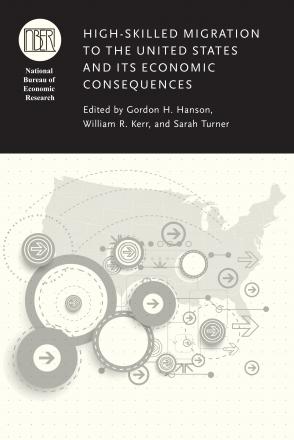Introduction to "High-Skilled Migration to the United States and Its Economic Consequences"

High-skilled immigration cuts across the traditional boundaries of economic fields, impacting innovation and economic growth, patterns of trade, education choices, and the earnings of workers with different types of skills. The aim of the six papers in this volume is to integrate ideas from international trade, macroeconomics, industrial organization, and labor economics in the study of high-skilled immigration in the United States. The papers in this volume bring models of firms and individual behavior to questions about how the growth of high-skilled immigration affects the level and distribution of income, employment, and innovation. By applying a broad-based theoretical lens to the challenges and opportunities of high-skilled talent flows to the United States, the collection goes beyond the questions of how the inflow of foreign workers affects native employment and earnings. The papers consider additional margins of adjustment to high-skilled immigration including the effects on innovation and productivity, the impact on overall inequality across skilled groups, the particular response of multinational enterprises, firm-level dynamics of entry and exit, and the nature of comparative advantage across countries, while also identifying new margins of adjustment including digital markets and contests which extend globalization without the physical migration of labor.
-
Copy CitationGordon H. Hanson, William R. Kerr, and Sarah Turner, High-Skilled Migration to the United States and Its Economic Consequences (University of Chicago Press, 2016), https://www.nber.org/books-and-chapters/high-skilled-migration-united-states-and-its-economic-consequences/introduction-high-skilled-migration-united-states-and-its-economic-consequences.Download Citation


